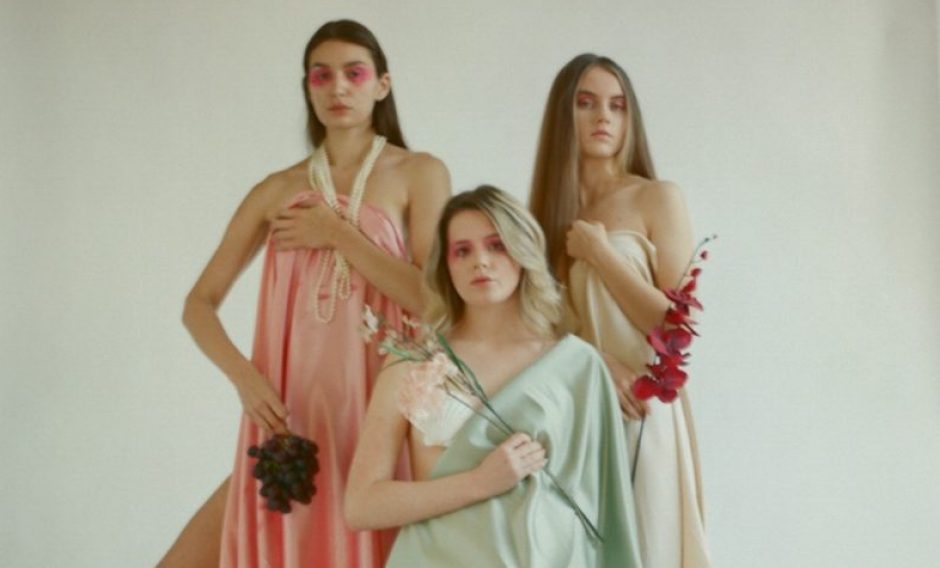After reading about the process of beautification, and being reminded of the process of dress being inherently linked to the body, I decided to further define my concept of phygital in context of this study:
With this in mind, it is important to define exactly what is meant by phygital experiences in current context, a term I borrow from Andrade’s article (2020), which explores augmented reality. Although AR will be analysed, for the purpose of this study, I expand the meaning of phygital beyond this classification. This study is referencing specific instances of using digital media, where the lines of existing virtually and physically are blurred, these are phygital realms. The term phygital self also accounts for the performative affects resulting from the self-representations constructed within these spaces. For example, when we are engaging with augmented reality facial filters, our physical bodies react accordingly, in that our virtual self is both mirroring our physical self and simultaneously being visually altered. Even the action of taking and posting videos and photos of ourselves is of relevance when, in that instance, we become both the physical director and the virtual subject, existing as one. Phygital though, is not limited to the merging of physical and virtual, it also covers feelings and experiences beyond human perception and representation, which are the performative affects of a phygital self. Phygital, therefore, considers, in new materialist terms, that the representations of self which are posted to Instagram are a form of dress, due to their performative material affects.
